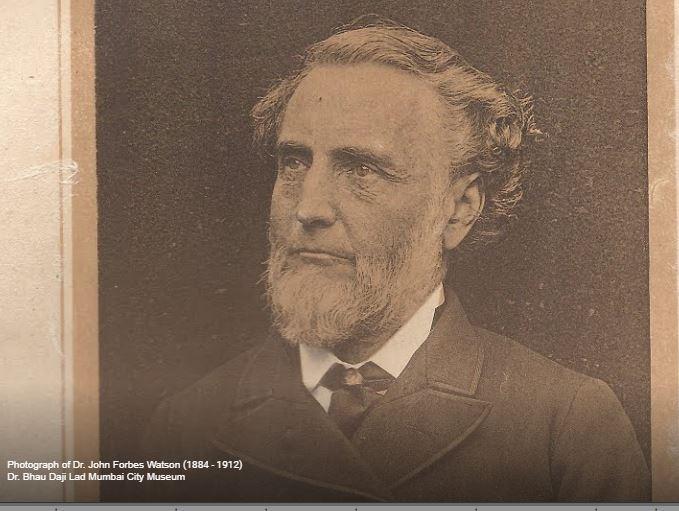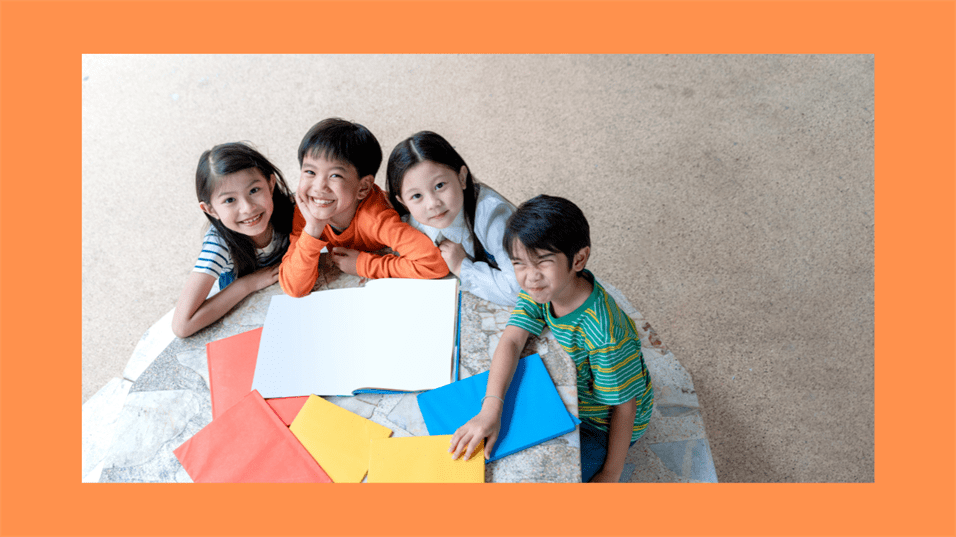Desi Libaas; Swadeshi Ahsaas (Part 1)
National Handloom Week – 7 to 14 April
Celebrate this National Handloom Week with a NINE Episode Story Series on ‘Charkha from Local to Global’
With over 4.3 million people directly and indirectly involved in the production, the Indian handloom and textile industry is the second-largest employment provider for the rural population in India after agriculture. Indian handloom products are known for their unique designs and finesse.
To celebrate our country’s 5,000-year-old tradition of hand-woven fabrics, we have National Handloom Week (April 7-14) and the National Handloom Day (7th August)
In the honour of the Swadeshi Movement that was launched on this day in 1905, both the National Handloom Week and the National Handloom Day are celebrated with a lot of enthusiasm every year across India.
Along with the artistry of weavers, the Indian handloom industry demonstrates the richness and diversity of Indian culture.
As the nation celebrates its love of the loom through the National Handloom Week observed from April 7-14, we at Books33 would like to take our readers into the gallery of the past through the pages of the books written on the illustrious history (and the present) of the Indian handloom and textile industry. Indian handlooms and textiles have been well known since the very ancient times. The origin of Indian textiles can be traced to the Indus valley civilization as early as 5th millennium BC.
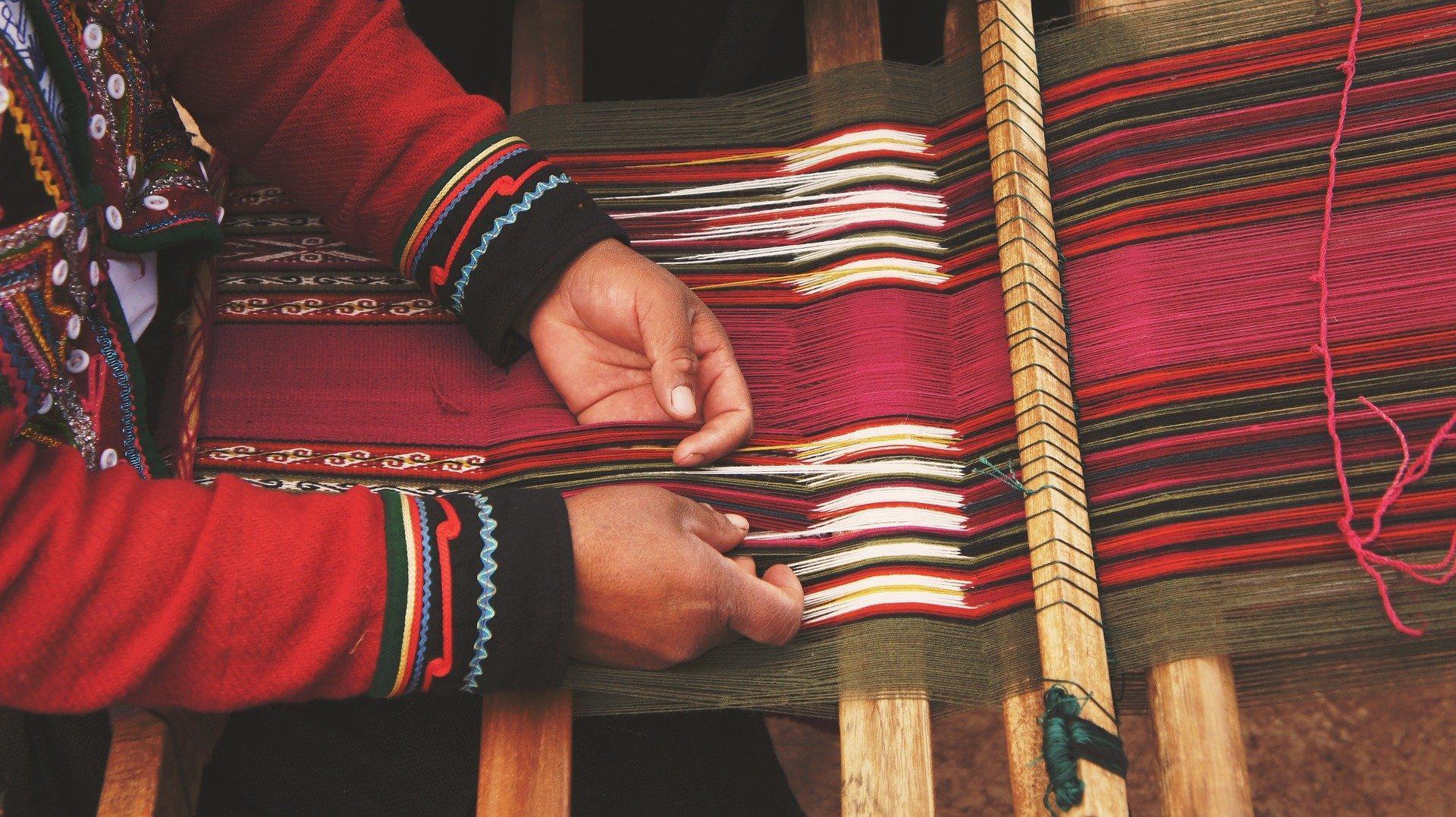
The people of Indus valley civilization used homespun cotton for weaving their garments and used indigo to colour their fabric. Handloom and textile have always played an important in trade and business in India. The strong foothold of Indian textiles can be traced in the countries like Rome, China and Egypt.
Starting from the eighteenth to early twentieth centuries, ethnographic surveys and visual documentation projects were sanctioned by the then British Government in India with an objective to maintain a record of the people, culture, lifestyle, attires and religious customs of the people from various Indian Presidencies.
Even today, Dr. Bhau Daji Lad Museum’s collection has several of these rare books such as ‘The People of India‘ by John William Kaye and John Forbes Watson, ‘The Textile Manufactures and the Costumes of the People of India‘ by John Forbes Watson, ‘The Costume of Hindostan‘ by Balthazar Solvyns, ‘Typical Pictures of Indian Natives‘ by F. Coleman, ‘Indian Pictoral Education’ by F. Coleman, published by The Times of India, ‘Women of India’ and ‘Peoples of Bombay’ by O. Rothfeld. The book was illustrated by Rao Bahadur M.V. Dhurandhar.
We get to know a lot about the glorious history of our Indian handlooms, textiles and fabrics from the seminal work of Dr. John Forbes Watson, who was a Reporter for the Products of India at the India Museum in London. Trained as a Doctor, Watson worked as an army surgeon in Bombay (Mumbai) between 1850 – 1853.
In 1858 Dr. John Forbes Watson was appointed as Director of the Indian Museum and Reporter on the Products of India at the Indian Museum.
‘The Textile Manufactures and the Costumes of The People of India’ is one of the most famous works among Dr. John Forbes Watson’s research and documentation projects. The aim of this project was to catalogue and show British manufacturers a wide variety of popular Indian fabrics so that they could be reproduced in the textile looms at Lancashire and exported to India at a cheaper rate than handmade handloom fabric pieces manufactured locally in India.
John Forbes Watson’s book altogether had 20 sets of which 13 were distributed across the manufacturing towns in England while the remaining 7 sets were sent to South Asia (the present-day India and Pakistan). Regarded as an “industrial museum”, the Watson’s collection comprised of 20 sets of 18 volumes. Each volume consisted of mounted and classified samples of Indian textiles, called as “working samples” with a total of seven hundred samples in all. Fortunately, the Dr. Bhau Daji Lad Museum has one complete set usually distributed to the Town Halls, Art Schools or Chambers of Commerce.
Furthermore, an accompanying volume titled ‘The Textile Manufactures of India and The Costumes of the People of India’ was published in 1866 to guide the British manufacturers how different kinds of clothes are worn in India. The accompanying volume has several coloured plates detailing the variety of traditional attires and modes of dressing.
The compiled fabric pieces were cut from the textiles in the stores of the India Office in London, which was a repository of archives related to the British East India Company. The volumes of Textile Manufactures include turbans, garment pieces for men and women, dhoti, saris, calicos, muslins, silks, woollens and ‘piece goods’. The Watson collection also includes rare samples of embroidery with gold thread and beetle wings.
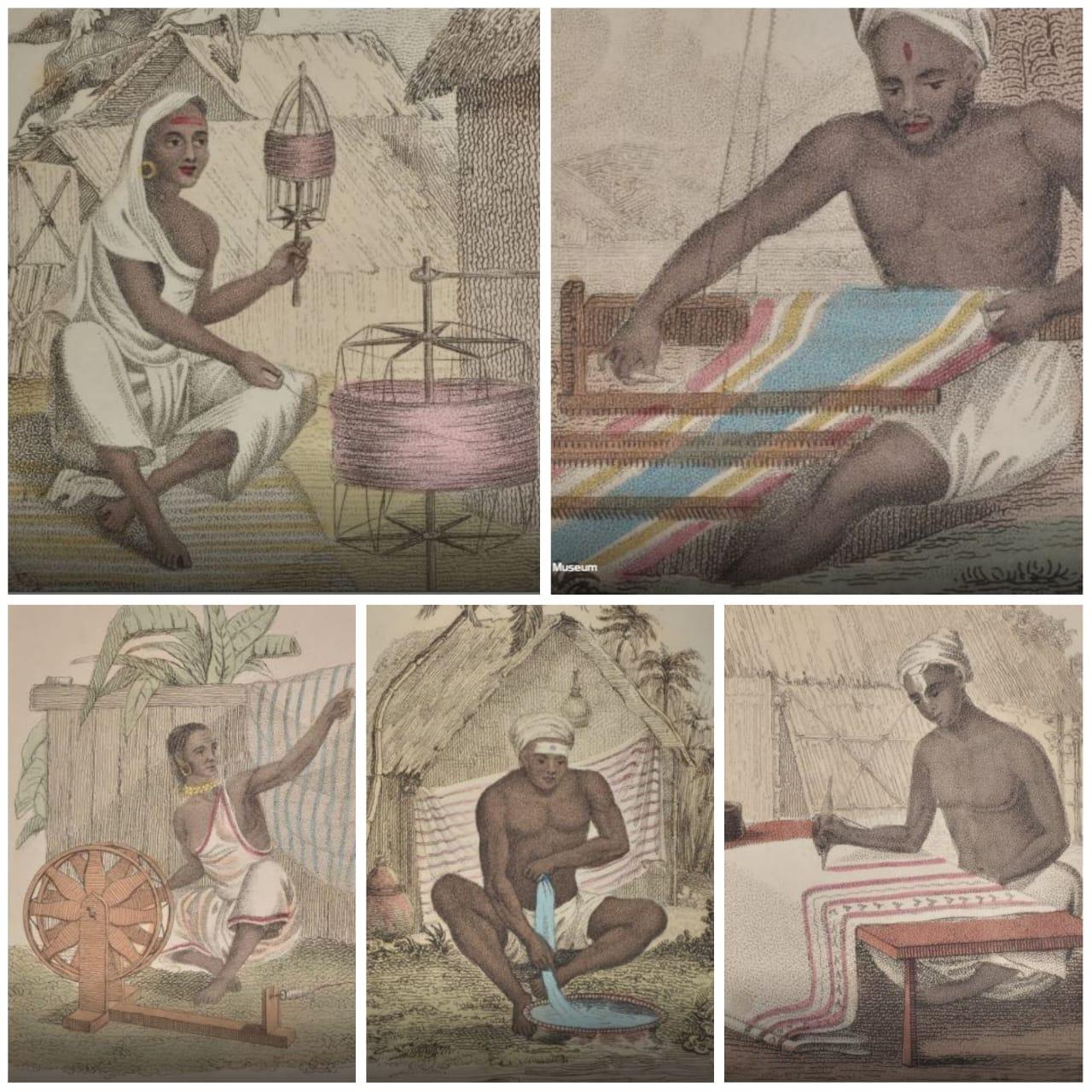
Image Source: https://artsandculture.google.com/
Next, we have this book edited by Frederic Shoberl – ‘The World in Miniatures – Hindoostan’ (1822-27). The book contains a description of the religion, manners, customs, trades, arts, sciences, literature, diversions, etc. of the ‘Hindoos’. It was illustrated with upwards of one hundred coloured engravings in six volumes.
The Dr. Bhau Daji Lad Museum’s collection includes miniature prints from mainly Volume 4 of this work. These illustrations depict various professions practiced in India, including the processes of manufacturing textiles and the different kinds of textile artisans.
To be Continued…
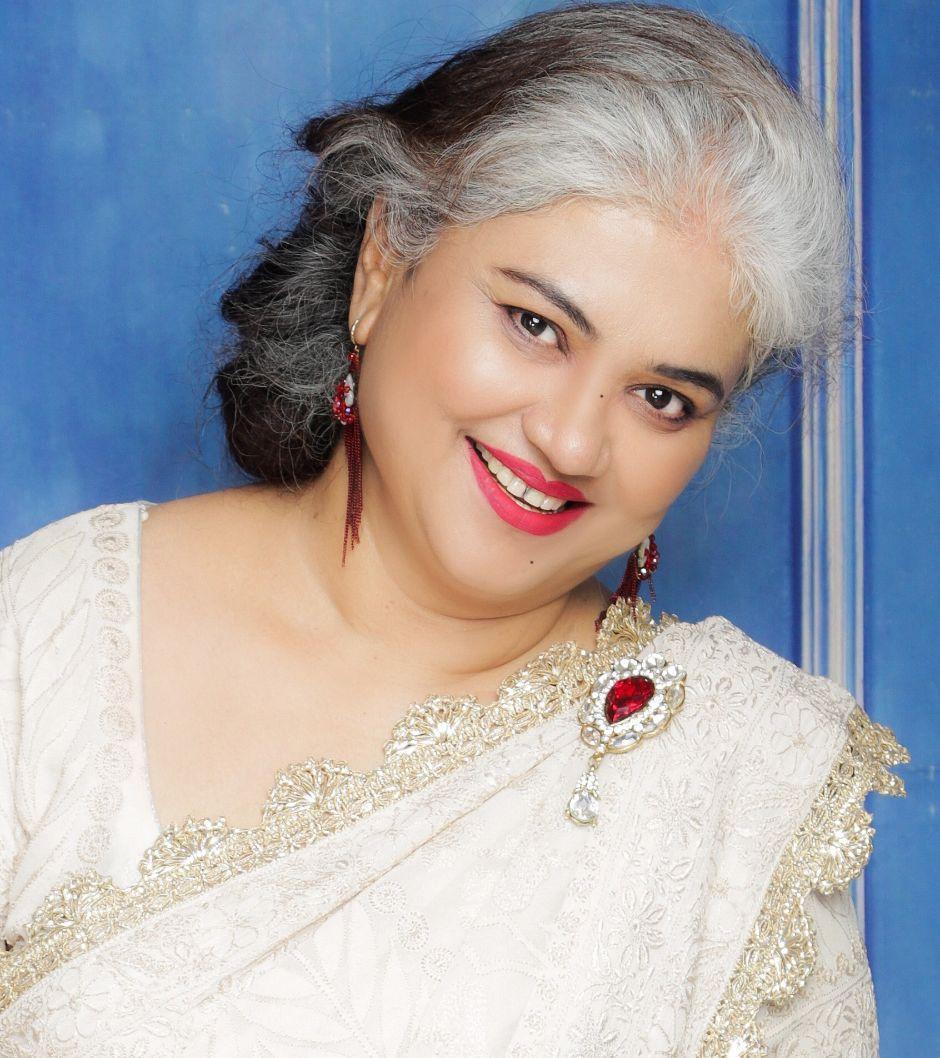
About the Author
Prof. (Dr) Shalini Verma ‘LIFOHOLIC’ is a communication professor-consultant, a body language expert, an author-columnist, actor-model-screenwriter and Co-founder – Books33 & SamvaadShaalaa. Dr. Verma hails from Motihari, East Champaran, the LAND OF SATYAGRAHA (Satyagrah is a Sanskrit word which means“insistence on truth”), in Bihar. She may be reached at: [email protected]
Want to read more articles like this? Check out our Author Speaks page, here you will find more such content.

